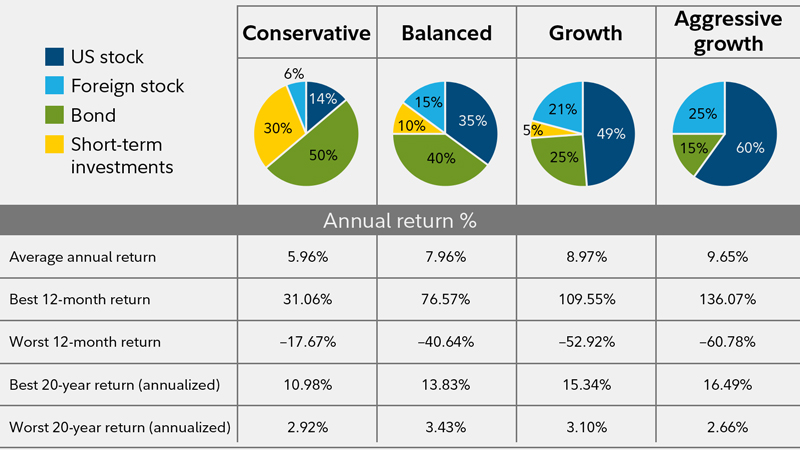Counterparty risk is the risk of another party involved in a debt deal not living up to their agreed-upon obligations. Counterparty risk stems from.
 Counterparty Risk Frm Part 2 Study Notes Analystprep
Counterparty Risk Frm Part 2 Study Notes Analystprep
What is Counterparty Risk.

What is counterparty risk. Counterparty risk also referred to as credit risk or default risk is the risk that your counterparty in a transaction cannot honour its obligation to you. CCR is the risk that a party usually to an OTC derivative contract may fail to fulfill its obligations causing replacement losses to the other party. What is counterparty risk.
Counterparty risk is the risk of one or more parties in a financial transaction defaulting on or otherwise failing to meet their obligations on that trade. Europe is teetering on the edge of a credit crisis and markets all around the world are tumbling as investors worry about contagion. This is similar to the.
We define it as one of two kinds of credit risk. Where have you heard about counterparty risk. Counterparty risk is the risk that the counterparty will not be able to meet its contractual obligations if the credit event occur.
Counterparty risk is the risk associated with the other party to a financial contract not meeting its obligations. Counterparty risk is one of several types of risk that banks routinely encounter in their commercial activity Exhibit 1. The term credit risk covers all types of economic loss including both counterparty and issuer credit risks.
The better-known form at least for corporate banks is what we call issuer riskthe risk that a borrower will default on his obligations. In finance counterparty risk is a measurement of the probability that another party involved in a contract will default on their obligations. Counterparty credit risk comes in two forms.
Its a term often used when talking about banks loaning money or corporate bonds. The former applies during a transaction while. Every derivative trade needs to have a party to take the opposite side.
You lend money to a friend and he cannot pay you back You put money in a bank and the bank goes insolvent due to bank-run financial collapse etc You deposit money into an exchange and the exchange gets hacked or loses all. What is counterparty credit risk. In other words counterparty risk is a type of credit risk.
Counterparty risk is sometimes also called default risk and credit risk and is a threat to all parties in a contractual agreement. For instance the borrower of a loan has the potential to not pay back the loan on time or at all. For example you have bought a corporate bond from company XYZ expecting to receive coupon payments and the nominal value of the bond at maturity.
Counterparty risk is the risk that the person or institution with whom you have entered a financial contract -- who is a counterparty to the contract -- will default on the obligation and fail to fulfill that side of the contractual agreement. Counterparty credit risk is 2-way when both counterparties exchange a series of payments periodically such as in interest rate swap transactions as explained in. The significant losses that counterparty credit risk can cause if not correctly managed.
Counterparty risk is especially relevant to derivatives markets where notional values can far. However since the recent crisis another issue has gained prominence. A counterparty credit risk is simply a subtype of a credit risk.
Lets use those same examples when pertaining to Counterparty RIsk. When an agreements made counterparty risk refers to the threat of the other party not meeting its financial obligations. Pre-settlement risk and settlement risk.
There are a variety of different forms of counterparty risk involved in financial contracts.
